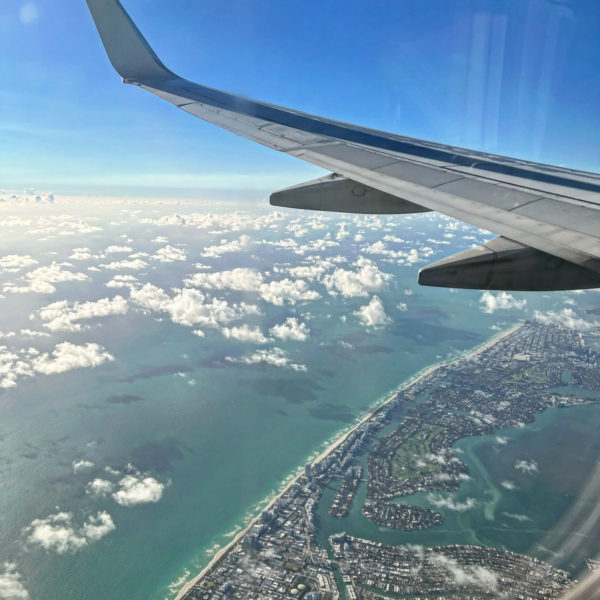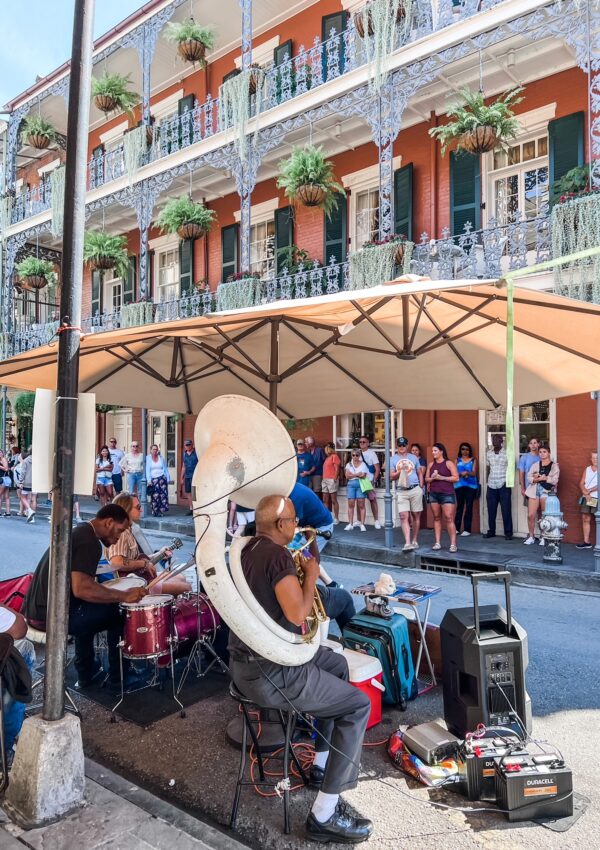
I don’t know about you, but I love a deal.
Growing up, my stepdad used to always say, “Any fool can pay retail!,” and I guess those words have led me to always try to find a bargain, search for discount codes, and wait for sales on anything expensive I’m looking to purchase.
This has ultimately spilled over into my travel planning as well.
I recently read the book Take More Vacations by Scott Keyes, founder of Scott’s Cheap Flights.
If you aren’t familiar with the latter, allow me to digress for a moment…
Scott’s Cheap Flights is a website/app designed to help customers find (as the name suggests) flight deals for otherwise potentially expensive airfare.
The website is available in both a free and paid version. When you sign up, you will receive notifications of flight deals directly to your inbox.
The service asks you to elect airports you regularly use and to pick destinations you would be interested in traveling to.
If deals pop up for those airports and/or locations, you’ll get notified. If you elect for the paid membership, you’ll get notified of even more/better flight deals than the free service.

Ok, now, where was I?
Oh, yes, Scott’s book.
I absolutely loved the read. Not only did he cover some pretty interesting history of the airline industry and airfare algorithms, but he also mentioned several money-saving strategies that I otherwise wouldn’t have thought to use.
I’d like to share three of them here and I encourage you to pick up your own print or audio copy as these are just a few of many tips and tricks Scott covers for finding cheap airfare.

1. The 24 hr Rule
The first of our 3 quick tips for saving money on flights is the super easy 24-hr Rule.
The 24-hour Rule is a federal regulation that states a customer has 24 hours to cancel a flight that has been booked directly with an airline.
This means the regulation does not cover third-party vendors such as Expedia, Priceline, Hopper, etc., but, rather, flights booked directly with carriers such as Delta, United, American, and so forth.
How does this save you money? Let’s say a flight deal pops up, but you aren’t sure if you can take the trip.
Chances are if you decide to wait to figure out your schedule, by the time you decide, the deal will be gone.
Go ahead and book it.
The 24-hour rule allows you to go ahead and jump on the low fare and gives you a day to decide if can sort out your schedule to go.
If you buy the flight and it turns out you can’t make the trip, you can cancel your ticket for a full refund without penalties.
Again, this is a federal regulation and does not require you to purchase trip insurance to get this perk.
HOWEVER, it ONLY applies to flights booked directly with airlines, and it only covers you for 24 hours.

2. The Greek Islands Trick
The second quick tip for saving money on flights is the Greek Islands Trick.
In his book, Scott describes a person who wants to visit some remote Greek Islands, but the airfare is much too expensive for their budget.
Pick a nearby major hub instead.
Instead of searching for flights directly to the islands, Scott recommends searching for flights to nearby, major airports for the first leg. Then, couple it with a separate flight to the smaller regional airport at the remote destination.
This trick can be paired with other modes of transportation such as trains or cars as well.
By flying into a major hub and getting closer to the desired destination, a traveler can often choose an additional flight, train, or car ride to the final location.
This way, they can save a significant amount of money from what they would have paid for a direct flight to the remote location.
Then build a nice layover.
Another benefit to this trick is the ability to build in a layover if you have extra time and want to explore that destination.
A recommendation here is to not book your next flight or train/bus ticket too close to your original flight, as you may risk missing your self-made connection.
In that scenario, the second airline has no obligation to make accommodations for you.
Although it sounds, simple, this hack requires extra planning and considerations that you need to be mindful of.
Does the connecting destination require a visa? Consider the time it will take you to get through customs both on arrival and at your next departure.
Make sure you’ve considered all the details when you’re attempting to put together your itinerary.

3. Hidden City Ticketing
I’m mentioning this trick because it was one I had honestly never considered, but need to also mention that airlines hate it.
Have I got your attention?
Hidden City Ticketing is when you search for flights to a major hub that has connections in smaller cities.
Let’s pretend for a moment.
I’m going to completely make up an example here for the sake of trying to explain this money-saving strategy. So, be aware that this particular route may not exist/may not be an actual cheap option.
Let’s say that you want to go to Maryland/Washington D.C. (airport code BWI) from Atlanta (airport code ATL) but the tickets are pricy.
Initial search: ATL — BWI $150 (imaginary price)
Next, you search for flights WITH CONNECTIONS from Atlanta to Philadelphia (airport code PHL) because those are somehow cheaper on your particular travel dates than the flight from Atlanta to DC.
ATL — BWI — PHL $110 (imaginary price)
By looking at the connections, you find a flight from Atlanta to Philadelphia, with a connection in the DC area, cheaper than the direct flight from Atlanta to DC.
You choose this flight with the intention of getting off the plane in Maryland and never taking that last leg.
This is complicated, so let the professionals help.
A resource to help travelers navigate the fairly complicated trick is called Skiplagged.
Although it’s not illegal to do this, it can cause issues for airlines and violates many of their contracts of carriage.
So, if you want to choose this option, you must be discreet about it.
Likely, the airline will never know, but keep in mind that if they do find out they can make you pay the price of the ticket to the destination where you stopped, take your frequent flyer points away, or straight up cancel your ticket.
This trick also requires a bit more planning than others.
You must remember that you can’t check a bag for these trips or your luggage will end up at the final destination, not the layover city.
You’ll also need to book one-way tickets, or if the airline finds out about your scheme, they could cancel the second half of your round trip.
So, this travel hack is not without its risks but could prove to be a useful, money-saving tool if you are willing to take the chance. It’s also a bit of an advanced hack, so I’d definitely get comfortable with other, simpler strategies before graduating to this one 🙂
Now, go plan that trip!
I hope this post was helpful and will get you thinking about how you can save money and take more vacations!
Be sure to pick up your copy of Scott’s book, Take More Vacations, and sign up for Scott’s Cheap Flights alerts!
Safe travels, friends!






[…] 3 Quick Tips For Saving You Money on Flights […]